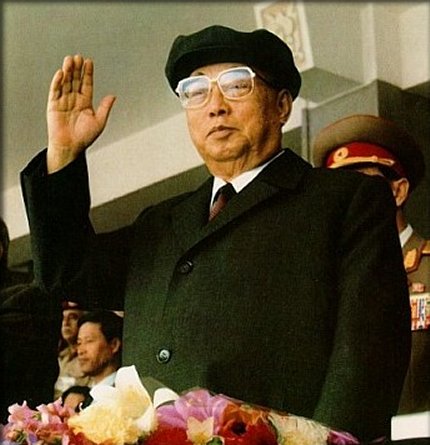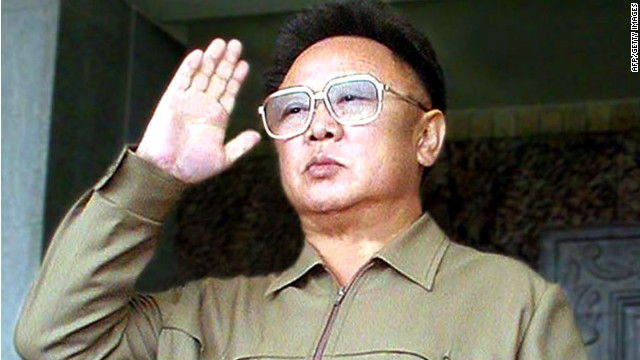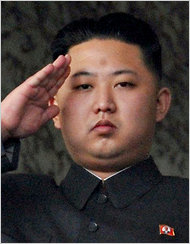With the sudden death of North Korean dictator Kim Jong-Il and the apparent succession of his son, Kim Jong-Un, tension in East Asia is on the rise. Traditionally, when North Korea undergoes a transfer of power, or some other significant change takes place in the leadership, relations between North Korea and her neighbors, especially with South Korea, become more tense and dangerous. Below are Profiles of the Kim Family of North Korean Dictators.
 Kim Il-Sung–Founder of Communist North Korea. Ruled (1948-1994) on the Stalinist model and set up a cult of personality. Passed power on to his son in the first hereditary transfer of power in a Communist system. Started the bloody Korean War in 1950.
Kim Il-Sung–Founder of Communist North Korea. Ruled (1948-1994) on the Stalinist model and set up a cult of personality. Passed power on to his son in the first hereditary transfer of power in a Communist system. Started the bloody Korean War in 1950.
 Kim Jong-Il–Communist dictator of North Korea (1994-2011) Inherited power from his father. Attempted to set up one of his sons to inherit the country upon his passing. Under the Kim Jong-Il, North Korea developed nuclear weapons and engaged in dangerous nuclear diplomacy with the U.S. and neighboring nations, and has engaged in occassional military skirmishes with South Korea, including the bloody attack on Yeonpyeong Island in 2010. Kim Jong-Il died on December 17, 2011
Kim Jong-Il–Communist dictator of North Korea (1994-2011) Inherited power from his father. Attempted to set up one of his sons to inherit the country upon his passing. Under the Kim Jong-Il, North Korea developed nuclear weapons and engaged in dangerous nuclear diplomacy with the U.S. and neighboring nations, and has engaged in occassional military skirmishes with South Korea, including the bloody attack on Yeonpyeong Island in 2010. Kim Jong-Il died on December 17, 2011
 Kim Jong-Un–New Communist dictator of North Korea (2011) Inherited power from his father, who died in December, 2011. Upon his introduction as “The Great Successor,” Kim Jong-Un was in his 20s, is known to have been educated in a German boarding school, and is a fan of the Los Angeles Lakers National Basketball Association (NBA) team. It is unknown what the North Korean military thinks of their young, new leader.
Kim Jong-Un–New Communist dictator of North Korea (2011) Inherited power from his father, who died in December, 2011. Upon his introduction as “The Great Successor,” Kim Jong-Un was in his 20s, is known to have been educated in a German boarding school, and is a fan of the Los Angeles Lakers National Basketball Association (NBA) team. It is unknown what the North Korean military thinks of their young, new leader.